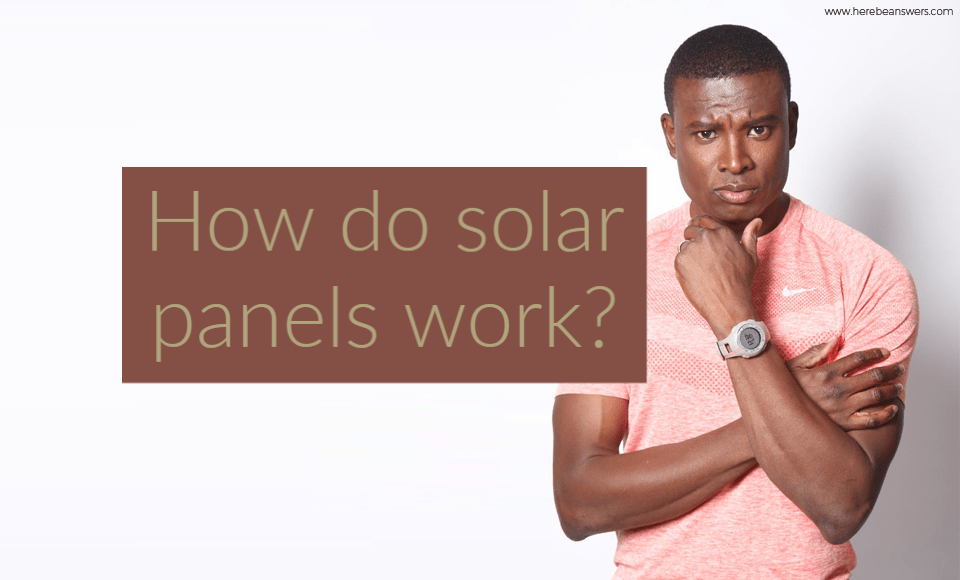The awareness of the dwindling reserves of fossil fuels and the environmental hazards caused by them have made the world turn towards the conservative energy resources. And the solar energy tops the list of those viable sources.
Solar powered electronic appliances have been in use for many years. The solar energy is converted into electricity by solar panels. They are found in many places, from a small calculator to the International Space Station.
The solar panels work on the same principles of electronics that govern batteries or other energy storing devices. The basic element of a panel is silicon, the same element that was the reason for computer boom. Pure silicon is an ideal platform for the transmission of electrons. The atom of silicon has four electrons in their outer shell; that means they need four more to complete their shell. When two silicon atoms come in contact, they share their electrons to make both of their shells filled and it creates a strong bond between them, but without any charge. Since two plates of pure silicon would not generate electricity as there is no charge, the plates of solar panel are made by combining silicon with other elements that have positive or negative charge.
Various elements are used to make the panels including phosphorus and boron. If one plate is made with phosphorus and silicon, the next one is made of boron and silicon.
Phosphorus has 5 electrons in its outer shell. When it is combined with silicon, it results in a stable 8-electron configuration with an additional electron. This creates a negatively charged plate. When boron is combined with silicon, it results in a positively charged plate since boron has only 3 electrons in its outer shell. These two opposite charged plates are sandwiched together in solar panels, with conducive wires running between them.
The sun emits its energy mainly in the form of a particle named photon. Photons have both particle and wave properties. When the panels are pointed towards the sunlight at a certain angle, the incoming photons collide with the silicon and phosphorus atoms in the panels. The impact from this collision renders the additional electron free. The positively charged plates attract the free electrons and electricity is formed in the panel. Since there are many atoms and electrons in a panel, the process creates a fair amount of electricity.
The major problem about solar panels is the small amount of energy when compared to the size of the panels. The collision rate of photons also affects its productivity.
